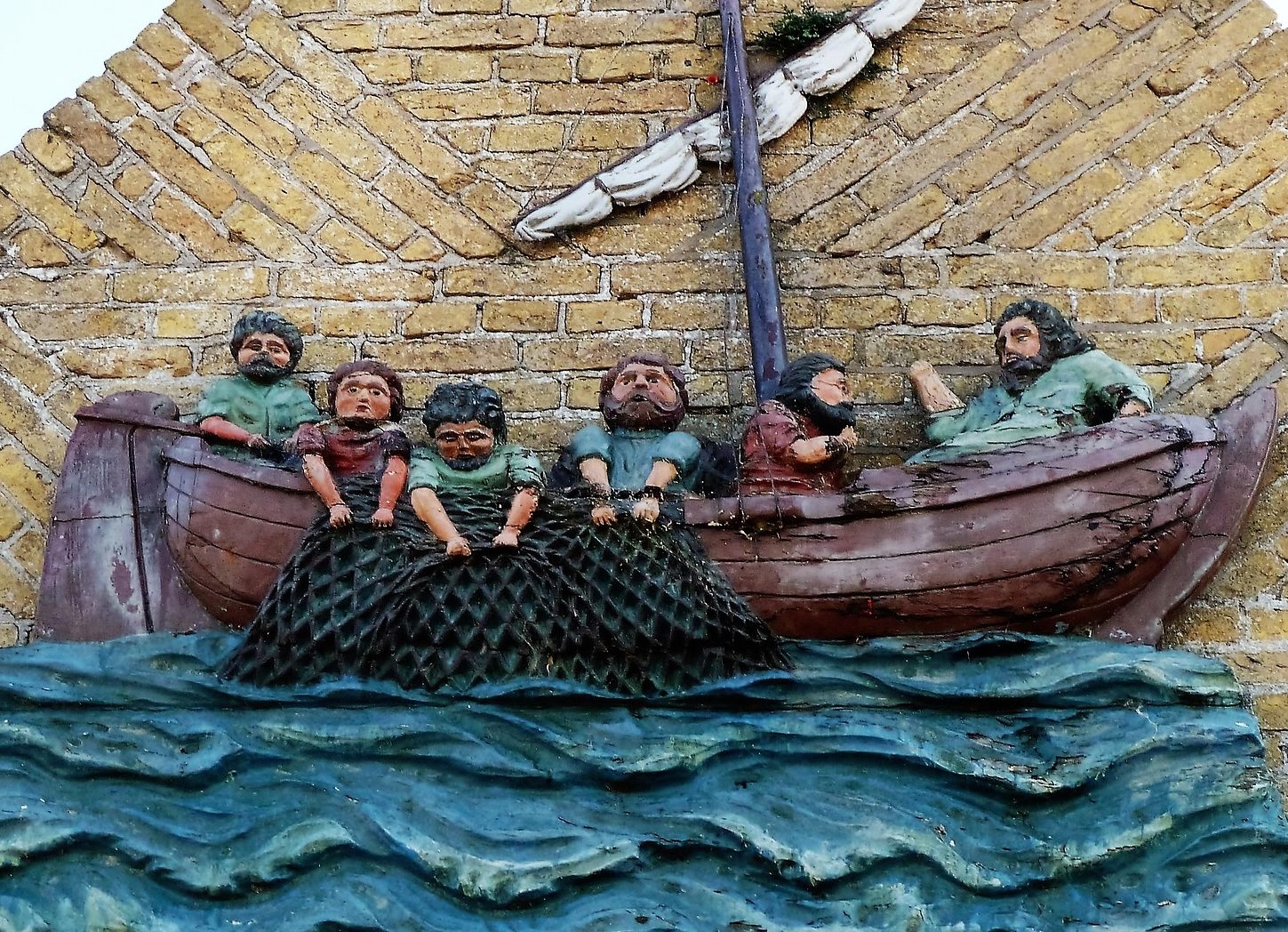
Midwinter Stillness Workshop
Join me on the eve of the Winter Solstice for an invitation to gentle solstice ritual, poetry, meditation and nourishing somatic enquiry to ease us[…]

Does this mean I am not a failure…?
A while ago, I joked online about feeling a failure because I don't ( and won't) go cold water swimming, and I don't have a[…]

How To Pray (if you don’t pray) #2
In my last post I spoke about prayer, and what it is and what it means and what it might look like. I wanted to[…]

Next…
I have spent the past week on holiday (sort of) In truth I never really switch off. In recent months, I have started a new[…]